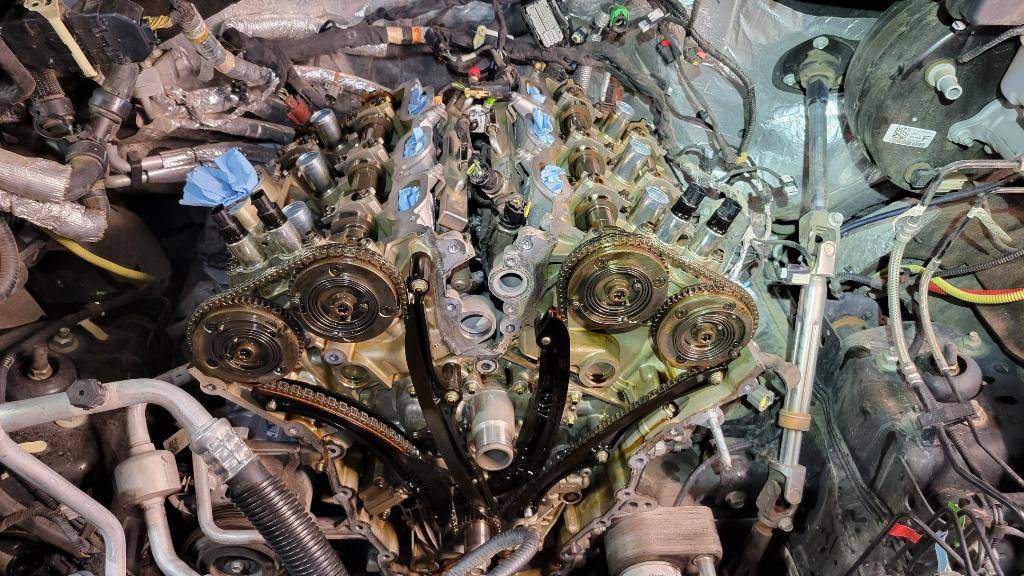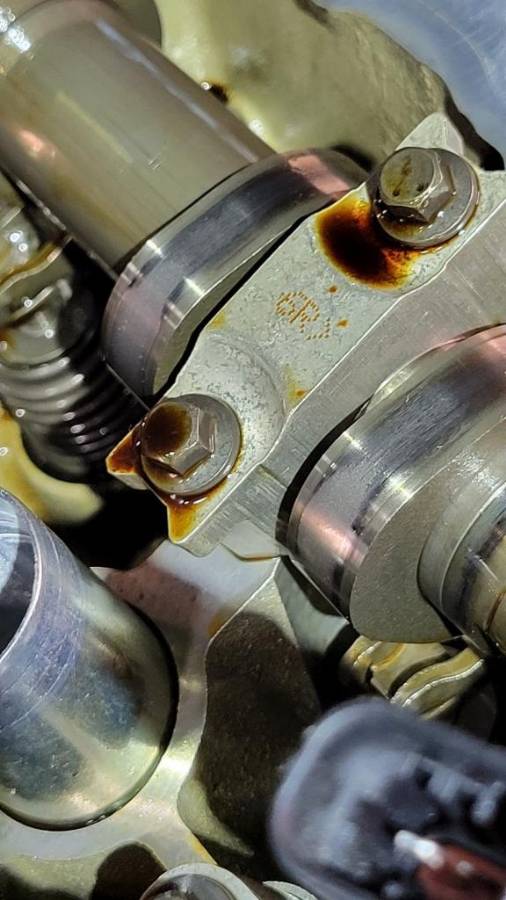What kind of engine and what kind of oil?
1.6l GDI gamma engine, used quaker state, Valvoline, Pennzoil, whatever oil every 5k. It doesn't really matter what oil you use for the most part, especially in modern TGDI/GDI or even MPFI low tension piston ring engines, soot, combustion blow-by, and fuel are bad for your engine, and they make even nastier chemicals when exposed to the extreme heat many modern engines run at, most modern engines run as hot as the material science allows in the name of efficiency.
I'm not saying 5-7k is too much, I'm saying anyone who cares about their car would do well to monitor visually oil quality throughout a change interval and take a peek at the oil fill hole and cap, the filter mounting area, the dipstick, the drain plug or whatever gives you a peek inside the engine, if you see deposits you are going too long.
I change oil on probably 20 cars a week and the people stretching their intervals out are the people who have odd internal ticking/rattling/knocking noises, are always the ones going 7k,10k, or even higher, and there is always very obvious varnishing on the dipstick and under the valve cover, and almost always the new oil instantly blackens from all the accumulated filth in the engine upon the first start. These are also the people who are burning 1,2,3 quarts plus of oil every interval, and I've even seen some engines seize from a combination of deposits and consumption. Even if they stay on top of topping up the oil eventually they start having catalytic converter failures, oil control valve failure, cam timing codes, and oil leaks from hardened seals.
The best oil is clean oil.




